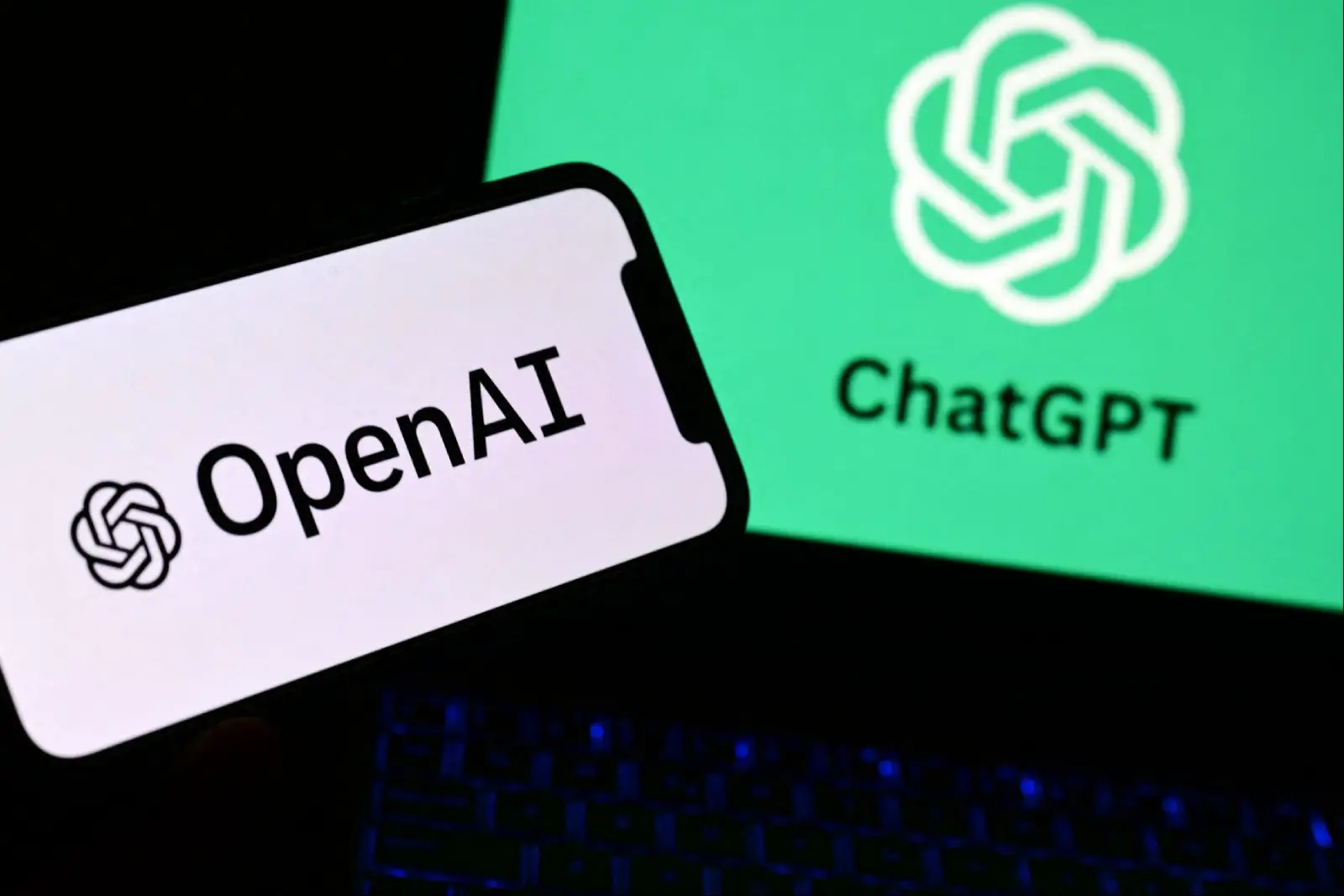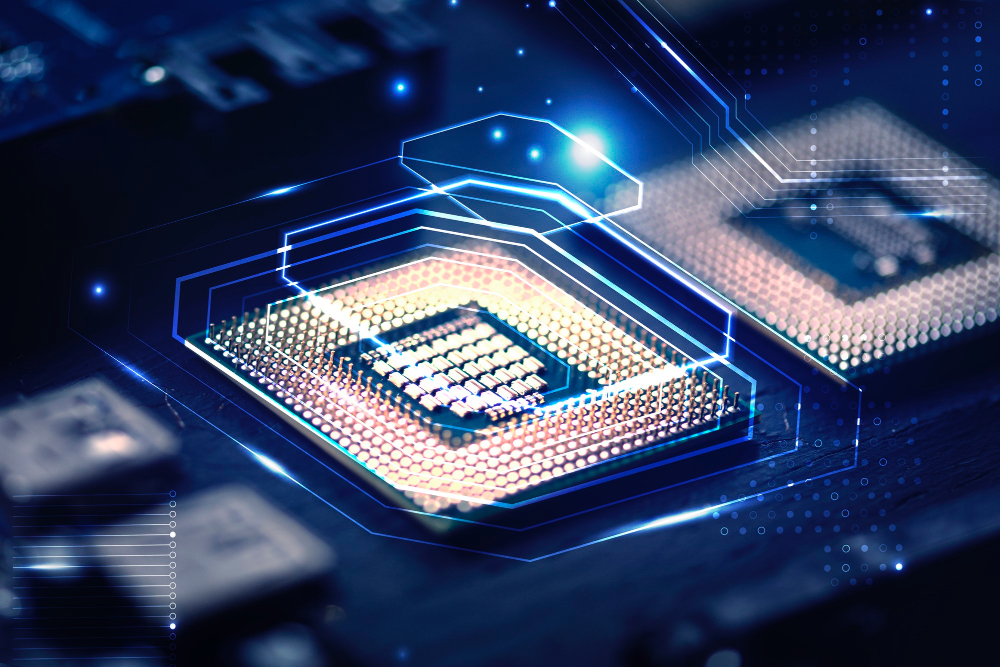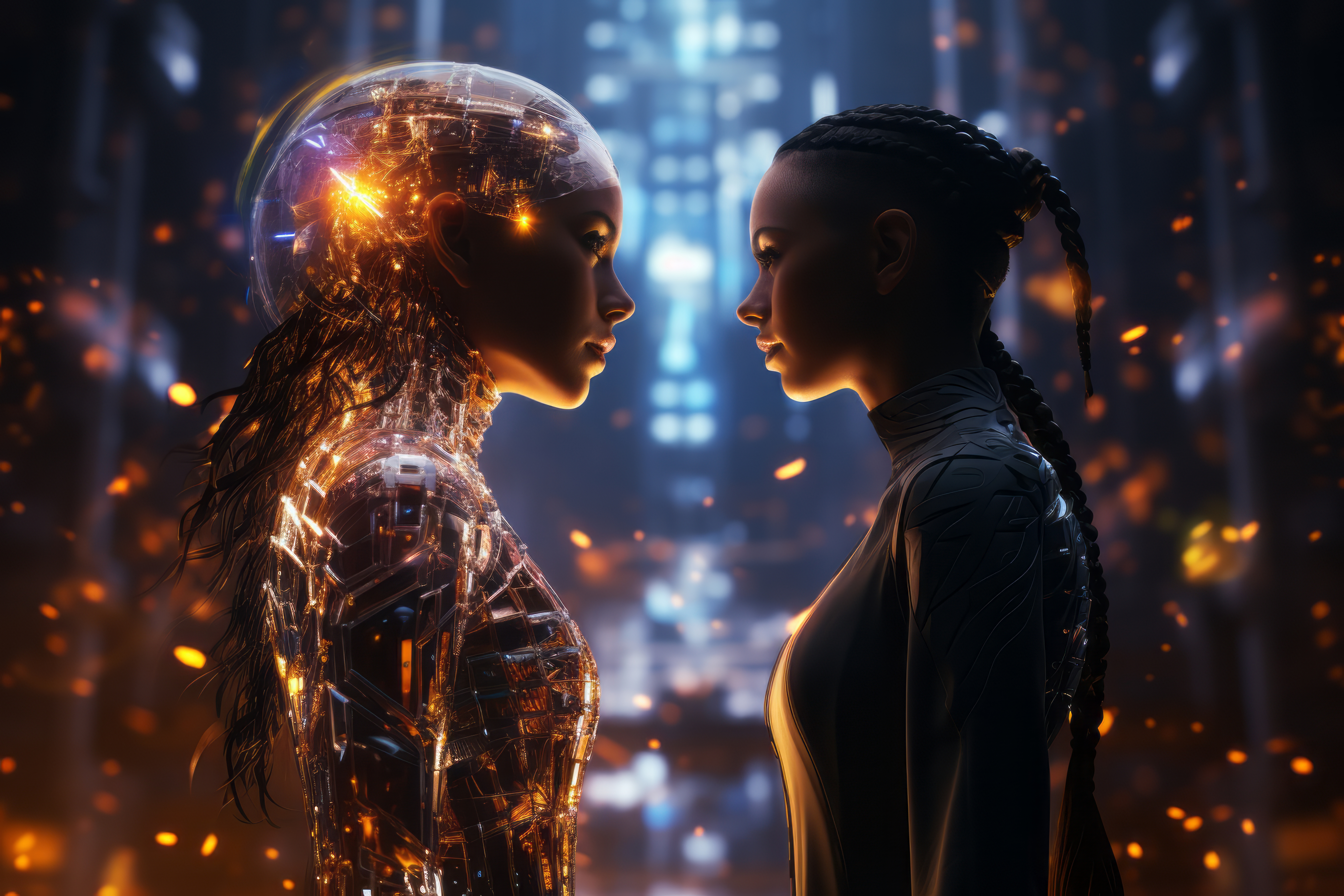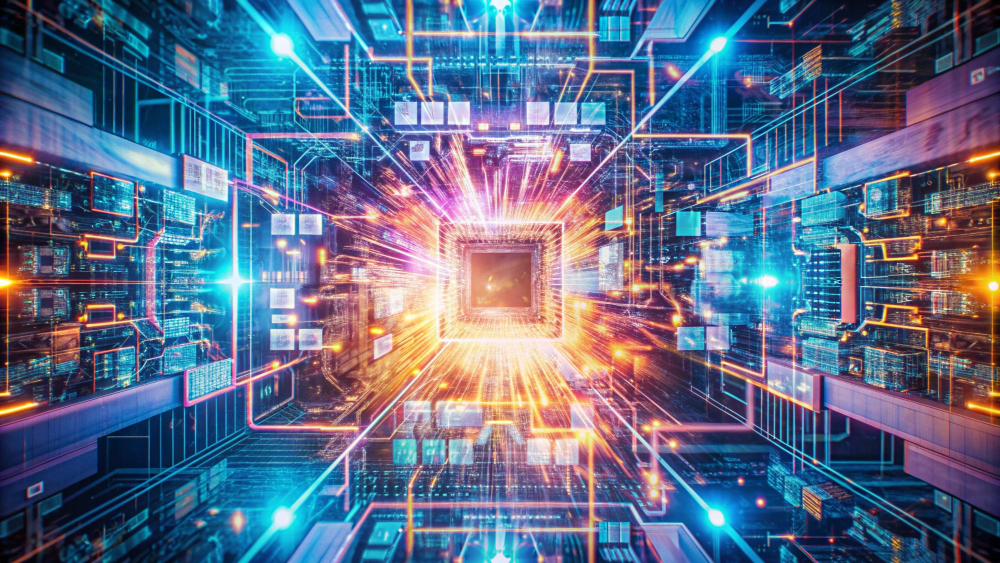
OpenAI is said to be testing a new feature for ChatGPT that would mark a shift from Custom GPTs toward a more modular system of Skills.
Reports suggest the project, internally codenamed Hazelnut, will allow users and developers to teach the AI model standalone abilities, workflows and domain knowledge instead of relying only on role-based configurations.
The Skills framework is designed to allow multiple abilities to be combined automatically when a task requires them. The system aims to increase portability across the web version, desktop client and API, while loading instructions only when needed instead of consuming the entire context window.
Support for running executable code is also expected, providing the model with stronger reliability for logic-driven work, rather than relying entirely on generated text.
Industry observers note similarities to Anthropic’s Claude, which already benefits from a skill-like structure. Further features are expected to include slash-command interactions, a dedicated Skill editor and one-click conversion from existing GPTs.
Market expectations point to an early 2026 launch, signalling a move toward ChatGPT operating as an intelligent platform rather than a traditional chatbot.
Would you like to learn more about AI, tech and digital diplomacy? If so, ask our Diplo chatbot!

SK Hynix has urged the South Korean government to relax fair trade rules to allow the creation of a special-purpose company for raising funds for significant investments. The move comes as the semiconductor firm faces high capital demands amid the global AI boom.
Currently, SK hynix, a second-tier subsidiary of SK Group through SK Square, must retain full ownership when establishing third-tier subsidiaries. The government pledged to cut the ownership requirement to 50 percent, giving chipmakers more flexibility in funding projects.
The company highlighted the rising costs of advanced facilities, noting that a cleanroom at the Yongin semiconductor cluster in 2019 required 7.5 trillion won ($5.14 billion), while the new M15X fabrication plant in 2025 cost around 20 trillion won.
The size and long-term nature of modern semiconductor investments increasingly strain existing methods for raising funds.
SK hynix said letting subsidiaries partner with external investors would ease financial pressure and improve corporate health. The company added that regulatory flexibility is crucial for sustaining investment and competitiveness in a sector marked by high volatility.
Would you like to learn more about AI, tech and digital diplomacy? If so, ask our Diplo chatbot!

Fraudulent investment platform Nomani has surged, spreading from Facebook to YouTube. ESET blocked tens of thousands of malicious links this year, mainly in Czech Republic, Japan, Slovakia, Spain, and Poland.
The scam utilises AI-generated videos, branded posts, and social media advertisements to lure victims into fake investments that promise high returns. Criminals then request extra fees or sensitive personal data, and often attempt a secondary scam posing as Europol or INTERPOL.
Recent improvements make Nomani’s AI videos more realistic, using trending news or public figures to appear credible. Campaigns run briefly and misuse social media forms and surveys to harvest information while avoiding detection.
Despite overall growth, detections fell 37% in the second half of 2025, suggesting that scammers are adapting to more stringent law enforcement measures. Meta’s ad platforms earned billions from scams, demonstrating the global reach of Nomani fraud.
Would you like to learn more about AI, tech and digital diplomacy? If so, ask our Diplo chatbot!

AI is extending the clinical value of chest X-rays beyond lung and heart assessment. Researchers are investigating whether routine radiographs can support broader disease screening without the need for additional scans. Early findings suggest existing images may contain underused diagnostic signals.
A study in Radiology: Cardiothoracic Imaging examined whether AI could detect hepatic steatosis from standard frontal chest X-rays. Researchers analysed more than 6,500 images from over 4,400 patients across two institutions. Deep learning models were trained and externally validated.
The AI system achieved area-under-curve scores above 0.8 in both internal and external tests. Saliency maps showed predictions focused near the diaphragm, where part of the liver appears on chest X-rays. Results suggest that reliable signal extraction can be achieved from routine imaging.
Researchers argue the approach could enable opportunistic screening during standard care. Patients flagged by AI could be referred for a dedicated liver assessment when appropriate. The method adds clinical value without increasing imaging costs or radiation exposure.
Experts caution that the model is not a standalone diagnostic tool and requires further prospective validation. Integration with clinical and laboratory data remains necessary to reduce false positives. If validated, AI-enhanced X-rays could support scalable risk stratification.
Would you like to learn more about AI, tech, and digital diplomacy? If so, ask our Diplo chatbot!

Mandatory facial verification will be introduced in South Korea for anyone opening a new mobile phone account, as authorities try to limit identity fraud.
Officials said criminals have been using stolen personal details to set up phone numbers that later support scams such as voice phishing instead of legitimate services.
Major mobile carriers, including LG Uplus, Korea Telecom and SK Telecom, will validate users by matching their faces against biometric data stored in the PASS digital identity app.
Such a requirement expands the country’s identity checks rather than replacing them outright, and is intended to make it harder for fraud rings to exploit stolen data at scale.
The measure follows a difficult year for data security in South Korea, marked by cyber incidents affecting more than half the population.
SK Telecom reported a breach involving all 23 million of its customers and now faces more than $1.5 billion in penalties and compensation.
Regulators also revealed that mobile virtual network operators were linked to 92% of counterfeit phones uncovered in 2024, strengthening the government’s case for tougher identity controls.
Would you like to learn more about AI, tech and digital diplomacy? If so, ask our Diplo chatbot!

Amid growing attention on AI, Google DeepMind chief Demis Hassabis has argued that future systems could learn anything humans can.
He suggested that as technology advances, AI may no longer remain confined to single tasks. Instead of specialising narrowly, it could solve different kinds of problems and continue improving over time.
Other experts disagree and warn that human intelligence remains deeply complex. People rely on emotions, personal experience and social understanding when they think, while machines depend on data and rules.
Critics argue that comparing AI with the human mind oversimplifies how intelligence really works, and that even people vary widely in ability.
Elon Musk has supported the idea that AI could eventually learn as much as humans, while repeating his long-standing view that powerful systems must be handled carefully. His backing has intensified the debate, given his influence in the technology world.
The discussion matters because highly capable AI could reshape work, education and creativity, raising questions over safety and control.
For now, AI performs specific tasks extremely well yet cannot think or feel like humans, and no one can say for certain whether true human-level intelligence will ever emerge.
Would you like to learn more about AI, tech and digital diplomacy? If so, ask our Diplo chatbot!

Authorities in Romania have confirmed a severe ransomware attack on the national water administration ‘Apele Române’, which encrypted around 1,000 IT systems across most regional water basin offices.
Attackers used Microsoft’s BitLocker tool to lock files and then issued a ransom note demanding contact within seven days, although cybersecurity officials continue to reject any negotiation with criminals.
The disruption affected email systems, databases, servers and workstations instead of operational technology, meaning hydrotechnical structures and critical water management systems continued to function safely.
Staff coordinated activity by radio and telephone, and flood defence operations remained in normal working order while investigations and recovery progressed.
National cyber agencies, including the National Directorate of Cyber Security and the Romanian Intelligence Service’s cyber centre, are now restoring systems and moving to include water infrastructure within the state cyber protection framework.
The case underlines how ransomware groups increasingly target essential utilities rather than only private companies, making resilience and identity controls a strategic priority.
Would you like to learn more about AI, tech and digital diplomacy? If so, ask our Diplo chatbot!

Researchers at Lomonosov Moscow State University have developed a 72-qubit quantum computer prototype based on single neutral rubidium atoms. It marks the third Russian quantum computer to surpass the 70-qubit milestone.
The achievement was announced by Rosatom Quantum Technologies and highlights progress in reliable quantum operations.
The atom-based prototype features three zones: one for computing and two for storage and readout. Experiments have demonstrated two-qubit logical operations with 94% accuracy, enabling practical testing and development of quantum algorithms.
Scientists stress that lower error rates are vital for scaling quantum computers to solve complex industrial and financial problems. The work also supports Russia’s technological sovereignty and strengthens the competitiveness of domestic enterprises.
The project actively involves young researchers, graduate students, and undergraduates alongside leading specialists, ensuring the next generation gains hands-on experience in one of Russia’s most significant scientific initiatives.
Would you like to learn more about AI, tech and digital diplomacy? If so, ask our Diplo chatbot!

Prime Minister Kim Min-seok has called for punitive fines of up to 10 percent of company sales for repeated and serious data breaches, as public anger grows over large-scale leaks.
The government is seeking swift legislation to impose stronger sanctions on firms that fail to safeguard personal data, reflecting President Lee Jae Myung’s stance that violations require firm penalties instead of lenient warnings.
Kim said corporate responses to recent breaches had fallen far short of public expectations and stressed that companies must take full responsibility for protecting customer information.
Under the proposed framework, affected individuals would receive clearer notifications that include guidance on their rights to seek damages.
The government of South Korea also plans to strengthen investigative powers through coercive fines for noncompliance, while pursuing rapid reforms aimed at preventing further harm.
The tougher line follows a series of major incidents, including a leak at Shinhan Card that affected around 190,000 merchant records and a large-scale breach at Coupang that exposed the data of 33.7 million users.
Officials have described the Coupang breach as a serious social crisis that has eroded public trust.
Authorities have launched an interagency task force to identify responsibility and ensure tighter data protection across South Korea’s digital economy instead of relying on voluntary company action.
Would you like to learn more about AI, tech and digital diplomacy? If so, ask our Diplo chatbot!

UNCTAD has launched the first global database to consolidate national estimates of e‑commerce value, aiming to provide clearer insights and highlight major gaps in digital economy data.
The announcement was made during the sixth meeting of the UN Trade and Development Working Group on Measuring E-commerce, with representatives from 42 countries participating.
E-commerce and digitally delivered services are among the fastest-growing sectors of the global economy, yet most countries lack robust statistics to capture online transactions, cross-border trade, and social-media-based commerce.
Experts warned that inadequate data hinders policymaking, masks inequalities in digital access, and limits the benefits of digital transformation.
The working group recommended a 2026 review of indicators, including AI, platform business models, remote work, and fully digital services. Guidelines will be promoted via expanded capacity-building programmes, supported by the Kingdom of Saudi Arabia.
Cooperation between governments, the private sector, and international organisations is vital for consistent global measurement and to avoid duplication.
Experts called for technology-neutral, comparable frameworks and innovative tools, such as payment records and data mining, to improve global e‑commerce measurement.
Would you like to learn more about AI, tech and digital diplomacy? If so, ask our Diplo chatbot!










